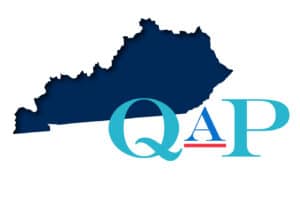The New Mexico Mortgage Finance Authority (MFA) recently released its draft Low Income Housing Tax Credit Qualified Allocation Plan effective for 2018 and 2019. Both a clean version and a redline comparison version to the 2017 QAP are available.
Changes to the QAP include the following:
- Mixed New Construction / Rehab: Projects will be considered in the new construction/adaptive reuse category if 5% of more of total units are newly constructed or adaptive reuse (formerly 10%).
- New Pre-Application Meeting Requirement: Beginning on 1/1/2018 for the Tax Exempt Bond Program, and beginning with the 2019 Competitive 9% round, all applicants will be required to meet with MFA staff in person to review and discuss their proposed project. This meeting is required to take place between 8/1/2018-11/21/2018 for 2019 competitive 9% applicants. Bond applicants will be required to meet at least 30 days prior to submitting their application.
- TEB Point Threshold: Previously, Tax Exempt Bond projects were required to score a minimum 80 points, that minimum remains for new construction/adaptive reuse, but it has been increased to 95 points for rehabilitation projects.
- Rehab Project Scoring: A new clause now requires a detailed narrative addressing the choice for rehabilitation over demolition and a displacement/relocation plan.
Non-Smoking: 4% and 9% projects will now be requires to participate in the American Lung Association in New Mexico Smoke-Free at Home program.
Public comments are due by 5 p.m. on October 6, 2017. Written comments on the Draft QAP may be delivered by e-mail, mail, courier service or by hand to MFA to the following address:
MFA
Attn: Susan H. Biernacki
344 Fourth St., SW
Albuquerque, NM 87102
sbiernacki@housingnm.org
Comments may also be made verbally at the following public hearing:
October 2, 2017 from 1:30 PM to 3:00 PM
MFA board room
344 Fourth St., SW
Albuquerque, NM 87102
This public hearing will be featured on MFA’s website as a webcast, available for viewing in real time. The webcast is for viewing only; as such, webcast participants will not be able to actively engage or present their oral comments while viewing the webcast.



